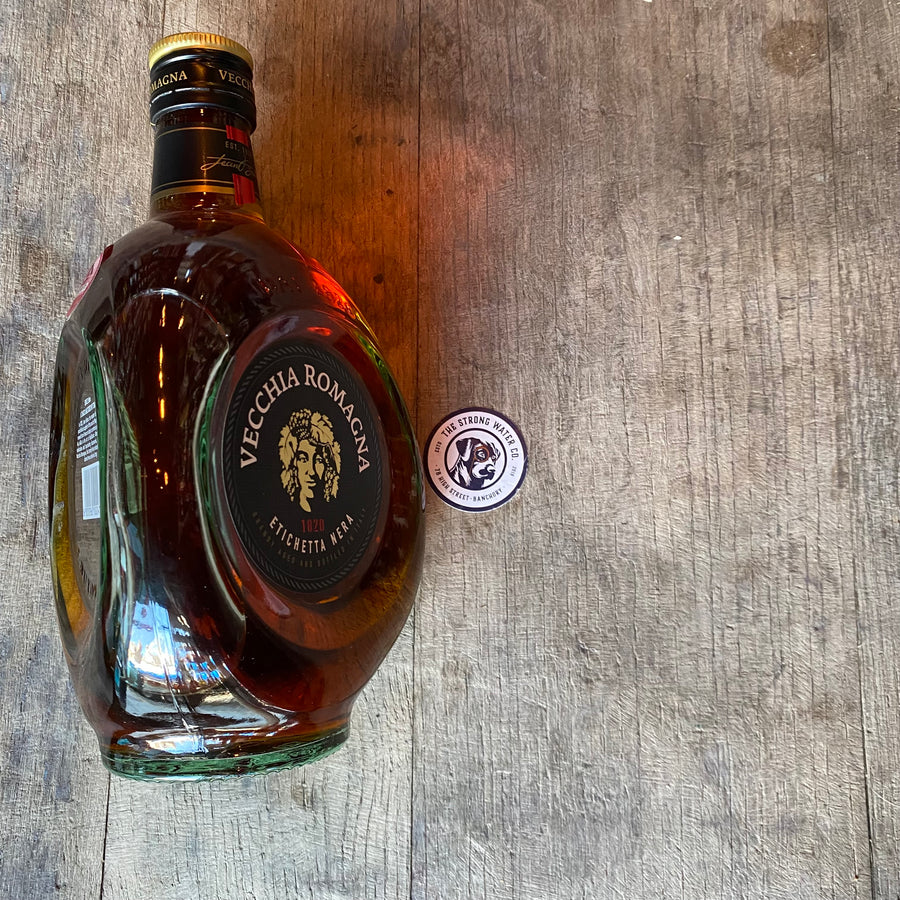
1990 Vintage Bas Armagnac, Castarède
1990 Vintage Bas Armagnac, Castarède
ABV STRENGTH
40.0
BOTTLE SIZE
70cl
COUNTRY
France
REGION
Armagnac
Regular price
£7400
£74.00
Regular price
Sale price
£7400
£74.00
Save
/
-
-
-
-
-
- In stock, ready to ship
- Backordered, shipping soon












